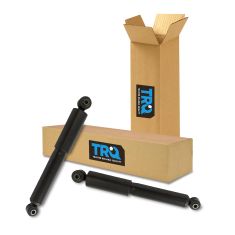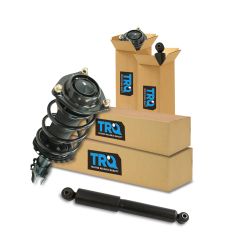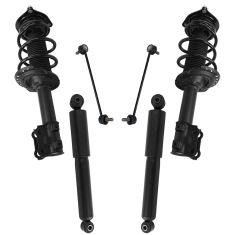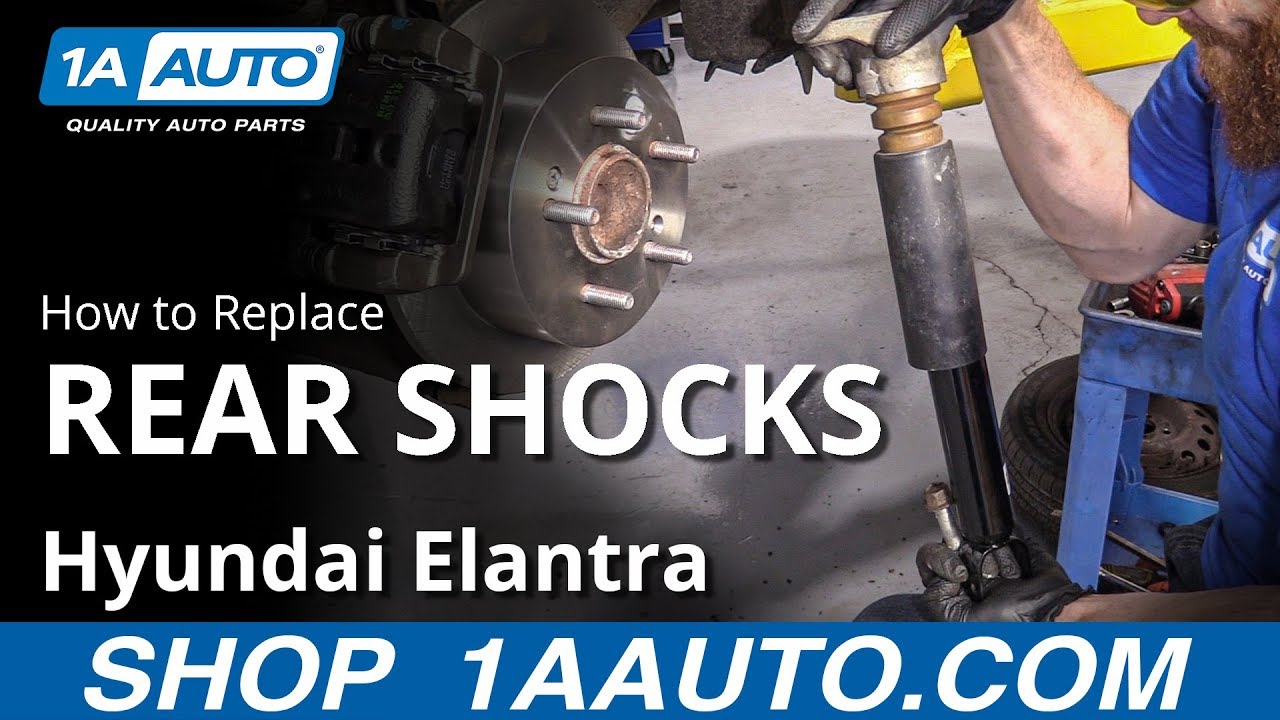1ASHA00417-Hyundai Kia Rear Shock Absorber TRQ SBA72995
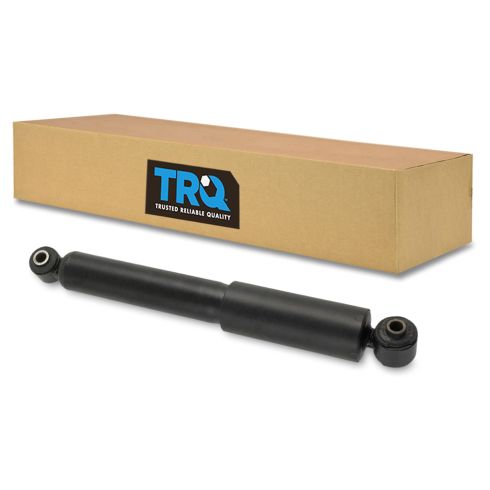


Replaces
2014 Hyundai Elantra Rear Passenger Side Shock Absorber TRQ SBA72995


Product Reviews
Loading reviews
There are no reviews for this item.
Customer Q&A
No questions have been asked about this item.
Hyundai is a registered trademark of Hyundai Motor Company. 1A Auto is not affiliated with or sponsored by Hyundai or Hyundai Motor Company.
See all trademarks.







